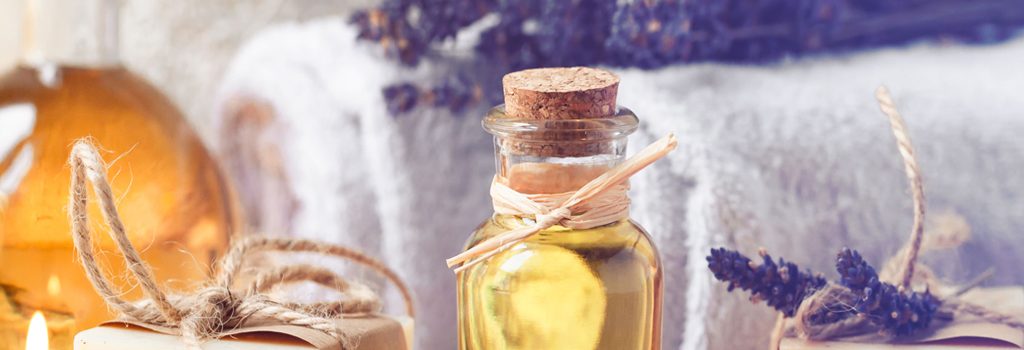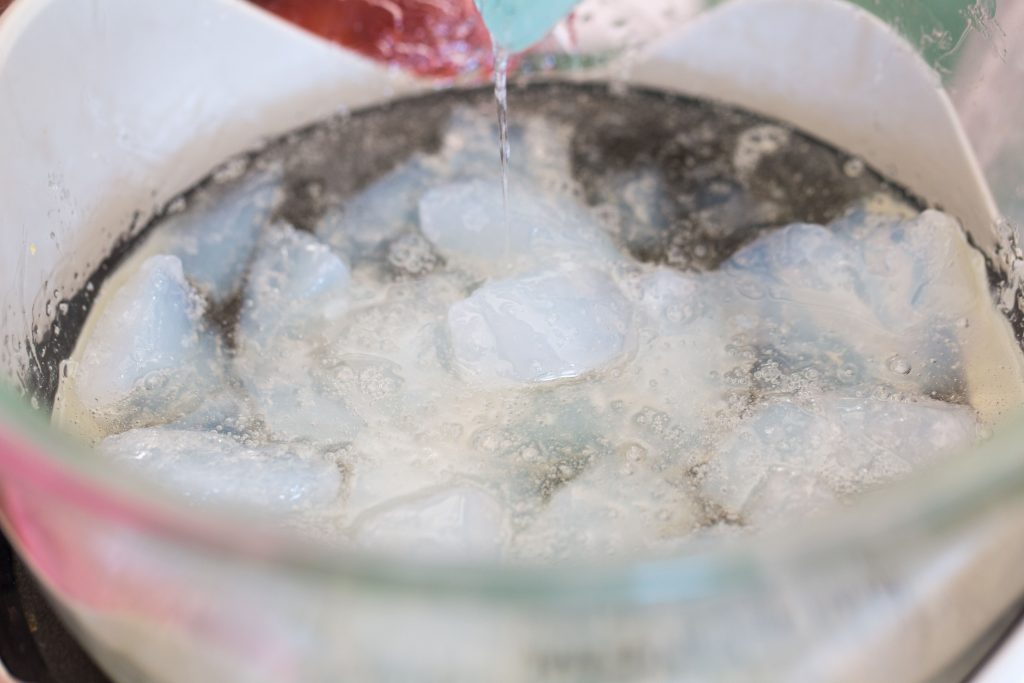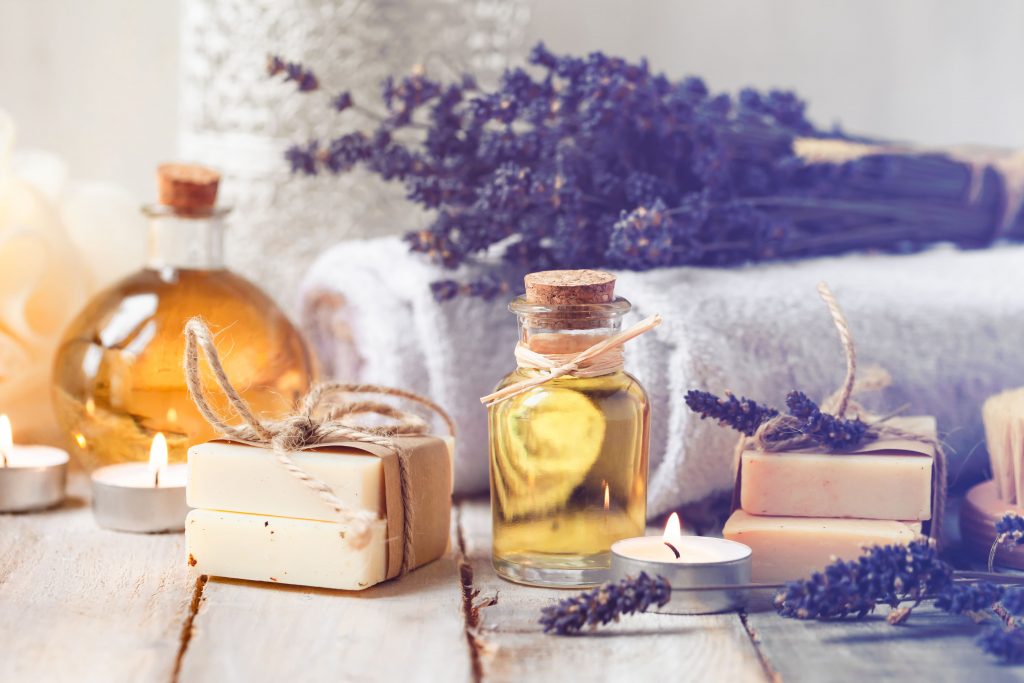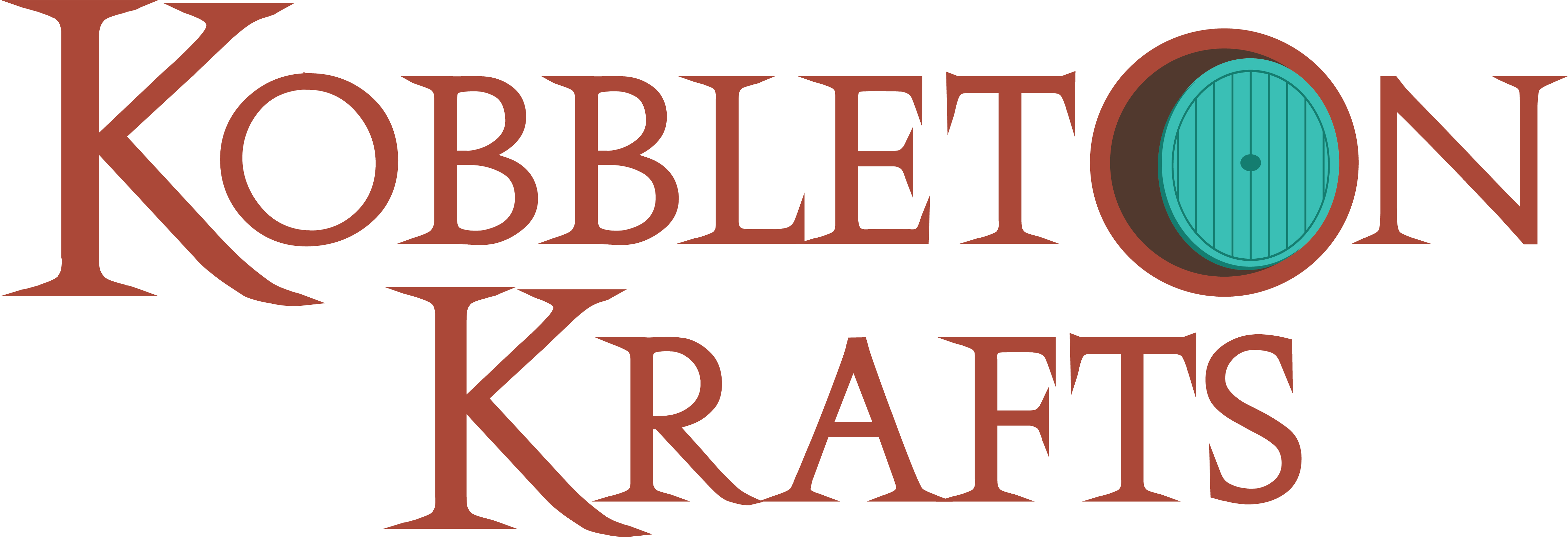

At its heart, making soap is as simple as adding two components together to cause a chemical reaction that results in soap – simple! But don’t let that fool you – if there is a way to mess up that simple process, I think I have discovered it. I won’t cover them all – none of us have that much time to spare – however some things I have learned are:
- Temperature is key – if you mix your oils and lye together and they are too hot, you get “soap on a stick” – basically instant saponification. Not a lot you can do then except smoosh it into a soap mould as best you can. You might be lucky and it may turn out just fine – one of my favourite and most luxurious soaps is a result of a seized batch – I was just really forceful with it and mashed it down into my loaf mould to get as many air bubbles out as possible, and dusted it with gold mica – it is awesome. But – if you aren’t luck enough to get a good result through sheer force of will plus good luck, you can always rebatch it – which will be the subject of another blog post shortly. But to avoid this, I try to make my lye solution ahead of time so it can cool down to room temperature, then I melt my solid oils until just melted and then add my liquid oils. I then let everything get to roughly room temperature – at least only a few degrees centigrade apart – before I combine them. When I do this, I do not have an issue with seizing or extreme acceleration.
- Fragrance oils can misbehave – not all fragrance oils are created equal. Some of them have the most amazing aroma, but will discolour your soap batter, or accelerate trace so that the awesome design you had in mind is but a distant dream. Bubblegum fragrance for example, often contains Vanillin which discolours to quite a dark brown – so that fun and funky soap design you had in mind with rainbow swirls and bubblegum scent really doesn’t come out quite as you intended. So make sure you read the manufacturers notes on discolouration or acceleration properties and plan your soap design accordingly – an accelerating soap will be perfect for making layers, particularly if you are like me and are just a little impatient. A fragrance that discolours – coffee and vanilla for example – can work beautifully in a soap that uses brown or gold tones. So work with it rather than against it.
- Measure accurately – and double check yourself – Making soap requires quite a high degree of accuracy. While there is a little bit of room for a few extra grams of an oil, the lye ratio is critical to not only how the soap feels and behaves when it is used, but also to how the soap is created, how it looks, and how it cures, etc. I have found myself recently wondering why the gorgeous bar of soap that I had made as a special order for a friend had turned into a gorgeous block of granite. I had made that soap before, I had followed the same recipe – what could possibly have gone wrong? And then I realised – I had used the incorrect lye concentration percentage – I hadn’t double checked myself and the result is a great lesson learned and a bar of soap that makes an awesome door stop – at least it looks pretty and smells nice.
- Use your safety equipment and respect the chemicals – lye is a dangerous chemical and can cause superficial burns to your hands or any skin it may come into contact with – but if it should splash into your eyes, or spill onto young or sensitive skin, it can cause serious injury. Always ensure you use your safety equipment, work in a safe environment free from clutter or distraction and keep young children and pets out of the work area.One tip I have for working with lye, is to try and use frozen liquids for your solution where possible. Not only does it help keep the temperature down, but it also keeps the fumes down as well.

- Follow the K.I.S.S. principle – Keep It Simple Sweetheart – it is very easy to get caught up in the frenzy of adding things to your soap, or trying the latest and greatest design technique on YouTube – but until you master the basics, you will find yourself wasting a lot of time and money for no good results. Admittedly, you will learn a lot about what works and what doesn’t, but you can also learn from the experiences of others and save yourself some pain and some cash. Once you have mastered the basics, then branch out into something a little more adventurous – but to start with, just focus on the fundamentals.

Hopefully these few lessons learned of mine are of value to you. I am sure I will make many more mistakes as time goes on – and I will be sure to share them here with you. Happy soaping!!
